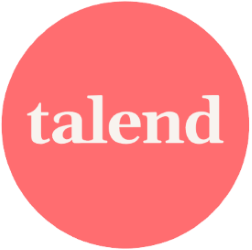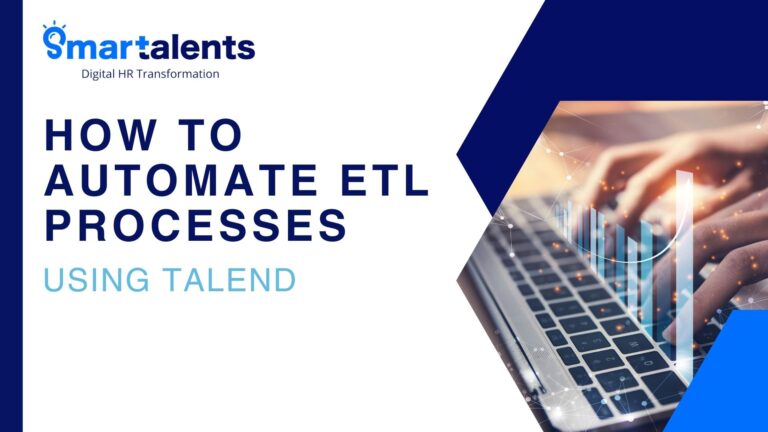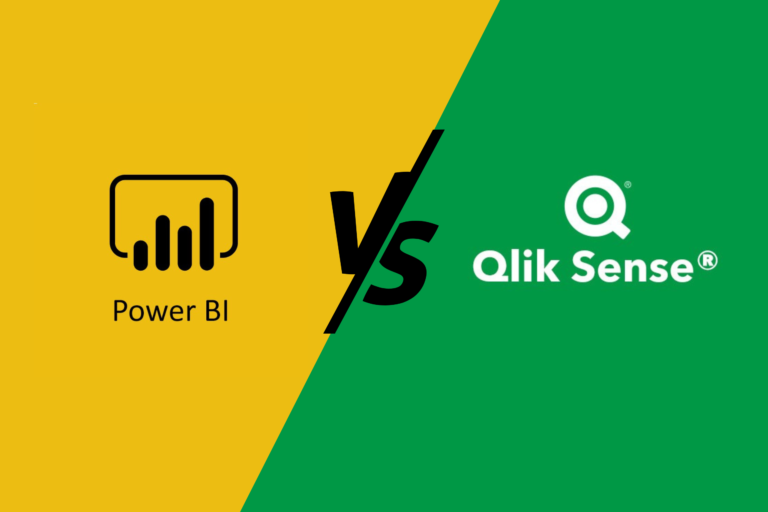KNIME, which stands for Konstanz Information Miner, is an open-source data analytics, reporting, and integration platform. KNIME provides a visual programming interface that allows users to create data workflows, perform data analysis, and build machine learning models without the need for extensive coding.

Here are some key aspects and functionalities of KNIME:
- Visual Workflow Design: One of KNIME's distinctive features is its visual workflow design. Users can drag and drop nodes onto a canvas to create workflows, making it easy to design, modify, and understand data processing pipelines. This visual approach is particularly beneficial for users who may not have advanced programming skills.
- Data Integration: KNIME allows users to connect to various data sources, including databases, flat files, and web services. It provides a range of pre-built connectors and tools for data integration, transformation, and cleaning. This makes it suitable for tasks such as data preparation and ETL (Extract, Transform, Load) processes.
- Analytics and Machine Learning: KNIME provides a wide array of analytics and machine learning capabilities. Users can leverage built-in algorithms or integrate external machine learning libraries such as scikit-learn or TensorFlow. The platform supports tasks like classification, regression, clustering, and more.
- Data Visualization: The platform includes tools for data visualization, allowing users to explore and understand their data. KNIME provides various charting and visualization options, making it easier to communicate insights and trends within the data.
- Community and Extensions: KNIME has a vibrant and active community that contributes to the platform's ecosystem. Users can access a marketplace where they can find and share extensions, workflows, and integrations created by the community. This extensibility enhances the platform's functionality and adaptability.
- Big Data Integration: KNIME supports the processing of large datasets and integrates with big data technologies such as Apache Hadoop and Apache Spark. This enables users to analyze and process data at scale, making KNIME suitable for big data analytics tasks.
- Automation and Deployment: KNIME allows users to automate workflows and schedule them for regular execution. Additionally, it provides deployment options for deploying workflows as web services or embedding them into other applications, facilitating the operationalization of data workflows.
How KNIME helps us succeed our projects: In our HR data management, KNIME plays a crucial role in seamlessly integrating various data sources and migrating data. It assists in preprocessing and transforming data for effective analysis, helping us derive meaningful insights into workforce trends and employee performance. The visual workflow design enhances collaboration among our team, ensuring efficient data-driven decision-making in HR processes.
In summary, KNIME is a versatile and user-friendly platform that caters to a range of data analytics and machine learning needs. Its visual workflow design, extensive integration capabilities, and support for open-source extensions make it a valuable tool for data scientists, analysts, and researchers.








